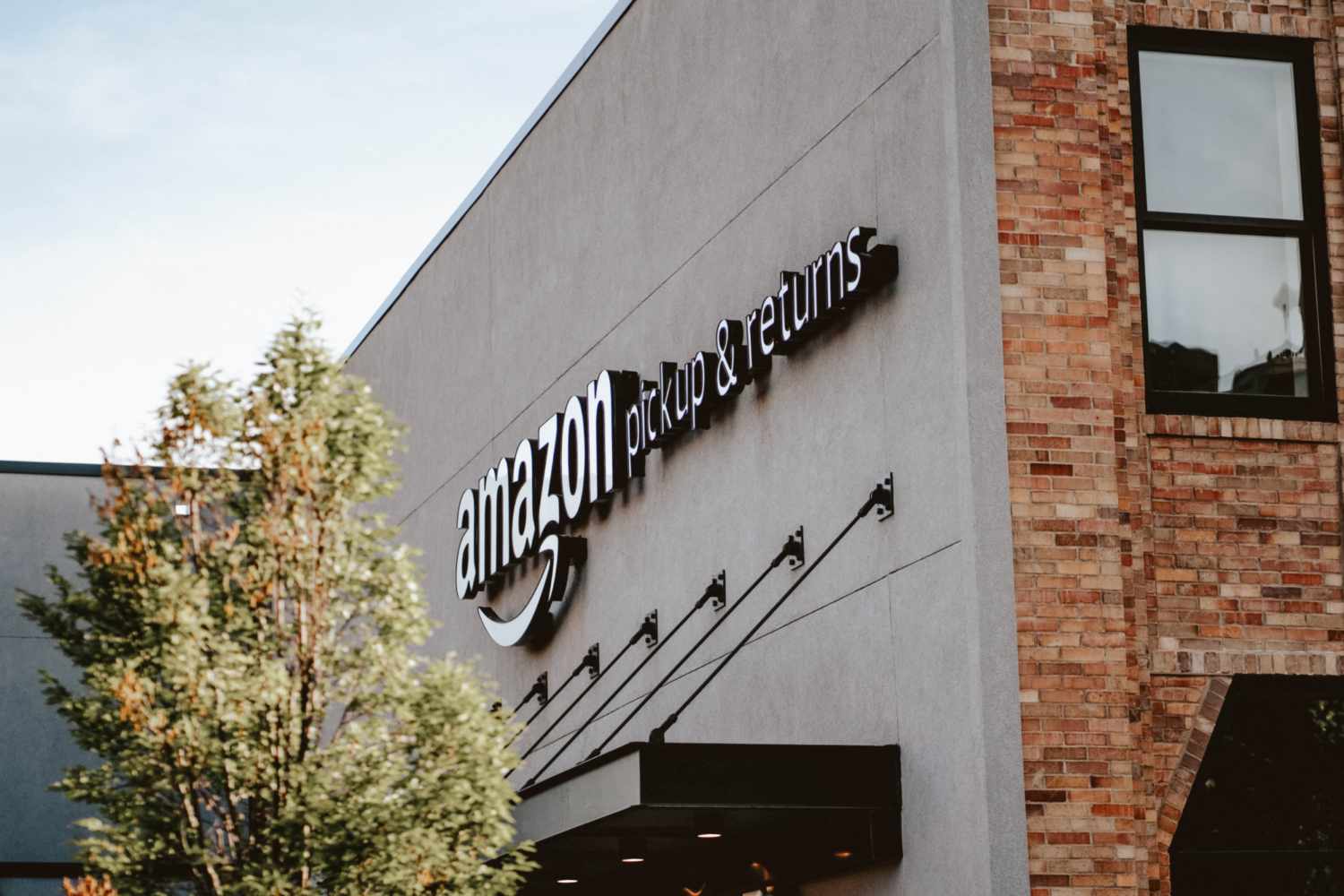Sustainability has become a more pertinent issue in America, and many people have started making more mindful purchases to help with sustainability efforts. However, many things we use on a day to day basis have more of an environmental impact than we may think.
Many Americans make purchases from Amazon or watch Prime daily. The digital commerce giant is omnipresent in our daily lives–but what is Amazon’s environmental impact?
More Carbon, More Pledges
Amazon’s carbon emissions rose by 19 percent in 2020. This was a larger increase than the previous year, when emissions increased by 15 percent.
Amazon co-founded The Climate Pledge in Sept. 2019. According to Forbes, the pledge is “a pact to meet the targets of the Paris Climate Accords ten years early by achieving net-zero carbon by 2040.”
Amazon has made efforts to follow through with this pact by lowering its carbon intensity as well as by increasing its use of renewable energy from 42 percent in 2019 to 65 percent in 2020. This is a step in the right direction for Amazon’s environmental impact.
But is Amazon doing enough? Activists point to how much packaging the company uses and emissions that are related to traffic that aid the sale of products containing mercury that can hurt the environment, according to an article from the University of Washington. Furthermore, it’s difficult to aggregate and understand Amazon’s environmental impact in the first place.
Does Prime Delivery Mean Higher Emissions?
Amazon Prime and its ultra-fast deliveries are another source of environmental impact. Jeff Bezos, the former CEO of Amazon, claimed that Amazon’s one day delivery model through Prime was better for the environment than customers going to the store for their shopping.
This position does not factor in multiple items being shipped separately, according to experts cited by Forbes. Anne Goodchild, a University of Washington professor of civil and environmental engineering, said “As we move towards faster delivery, it gets harder to consolidate. When we’re not paying some sort of personal cost for the trip, I think it’s easy to overlook how much travel we’re adding.”
Some Amazon employees have spoken out since Bezos announced “The Climate Pledge.” A group of workers called “Amazon Employees for Climate Justice” spoke out against Amazon’s carbon footprint as well as its involvement with the oil and gas industry.
Amazon does not allow workers to speak publicly about Amazon’s business unless executives have approved their statements. A Washington Post article quoted an Amazon employee saying that while Amazon has publicly announced protocols to lower emissions and its impact in the coming years, “it does not add up with its ongoing support to oil and gas industries and its efforts to silence employees who speak out. I stand with fellow employees who prioritize sustainability over profits.”
Amazon’s efforts to reduce emissions are a good step, but there are other problem areas like Amazon’s support of the oil and gas industries that the company must take accountability for. By silencing its workers, Amazon shows that sustainability isn’t a priority.
Learn more about Amazon through this month’s Impactfull series.
- How Amazon Harms Your Local Government - January 31, 2022
- How Does Amazon, LLC Affect the Amazon Rainforest? - January 3, 2022
- Why Doesn’t Amazon Have Unions? Insider Labor Organizing at One of America’s Largest Companies - December 26, 2021
